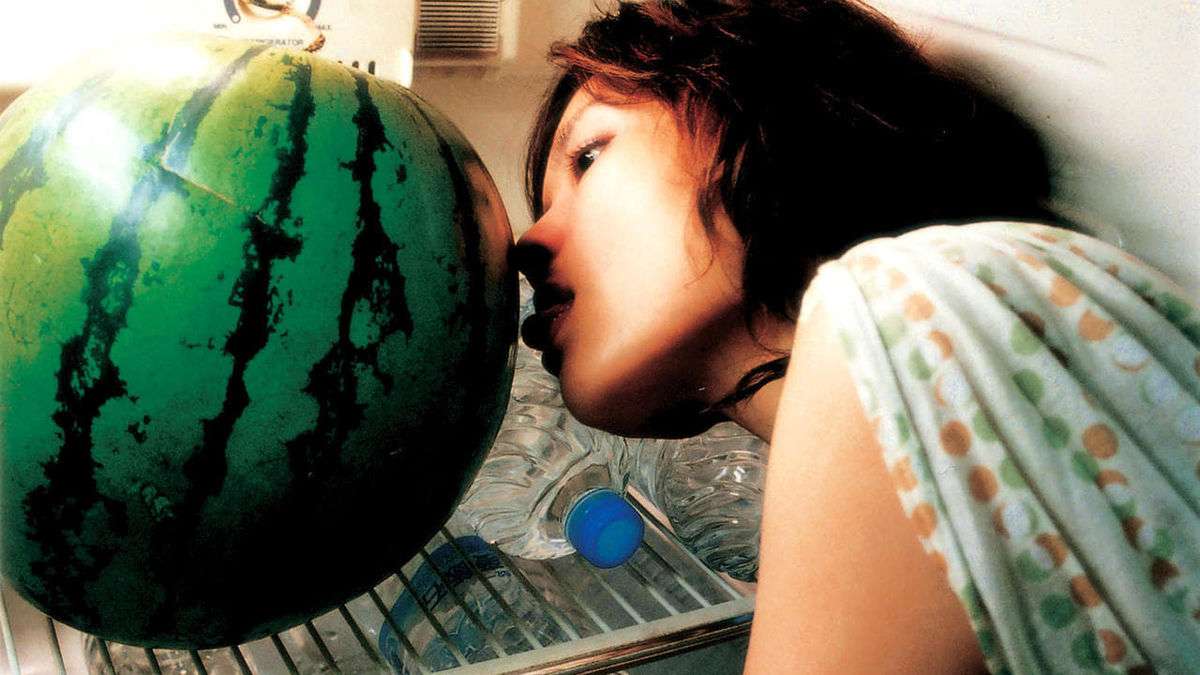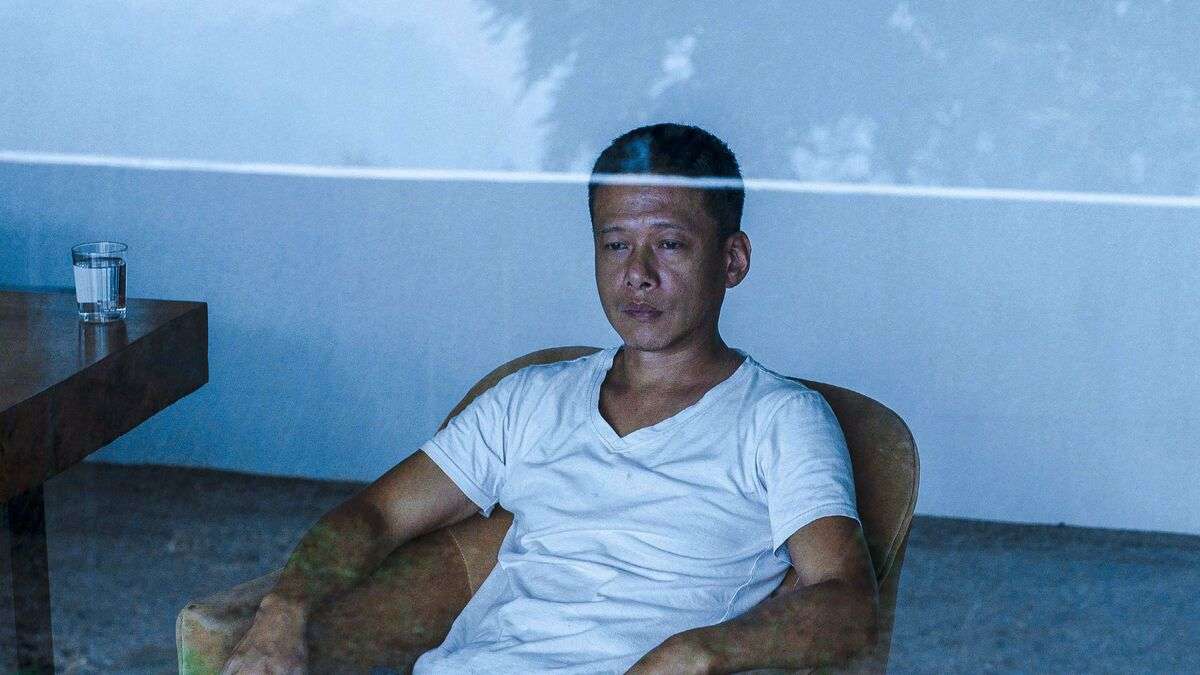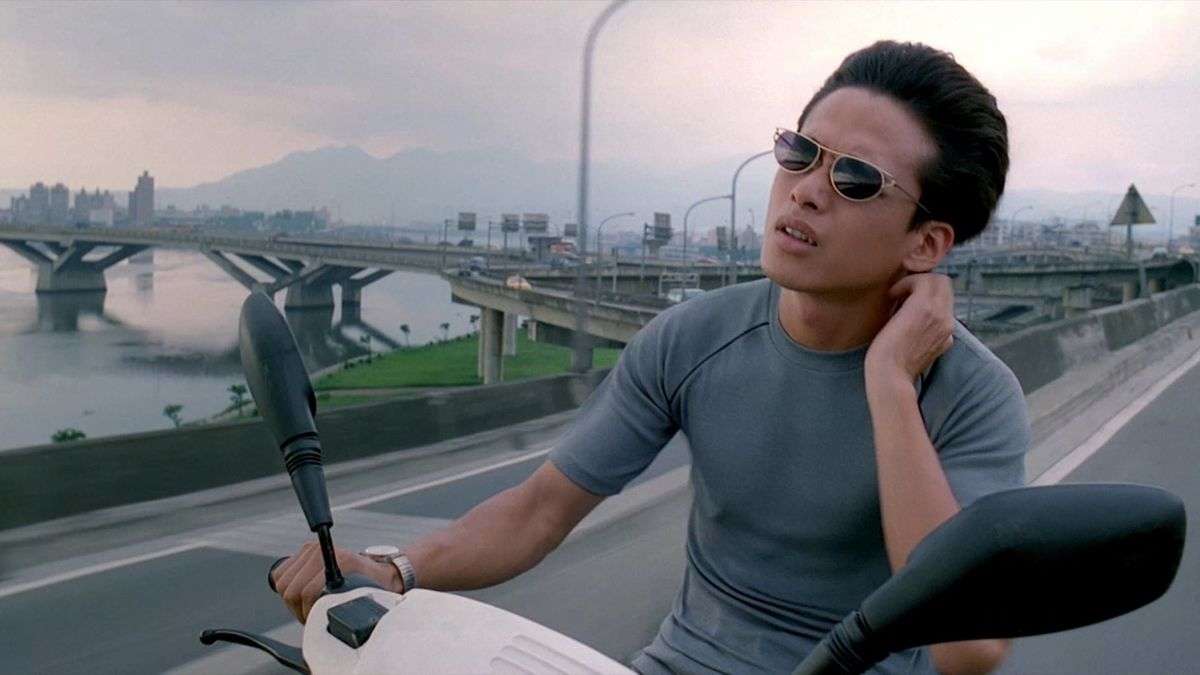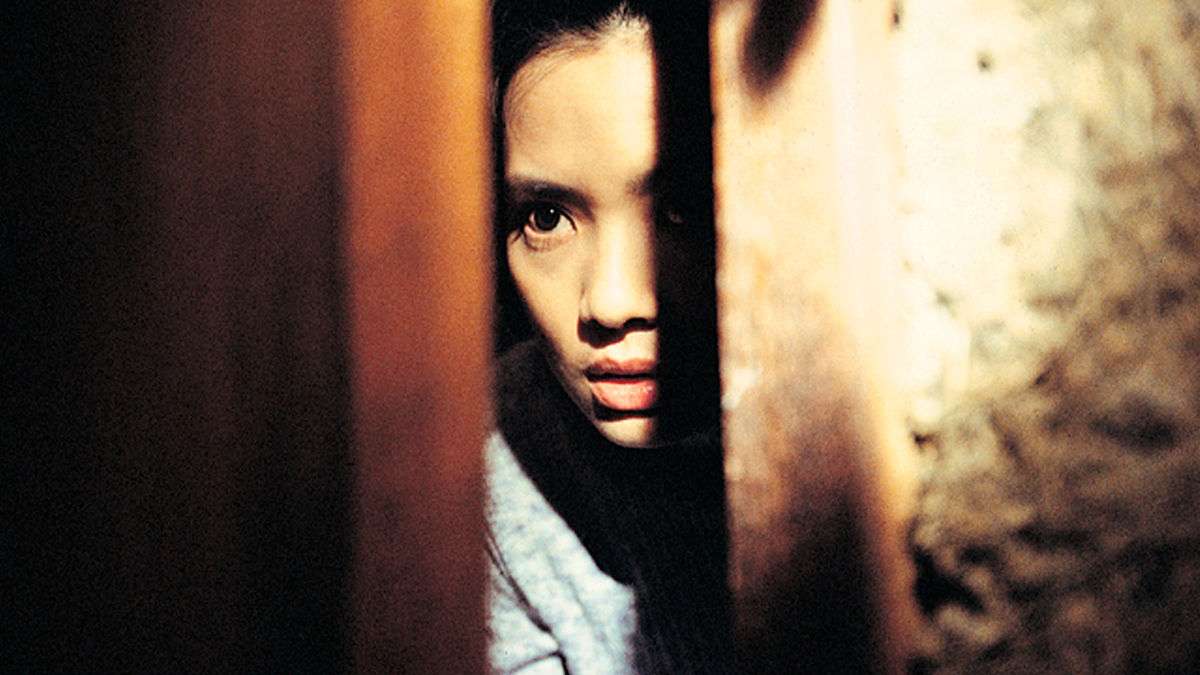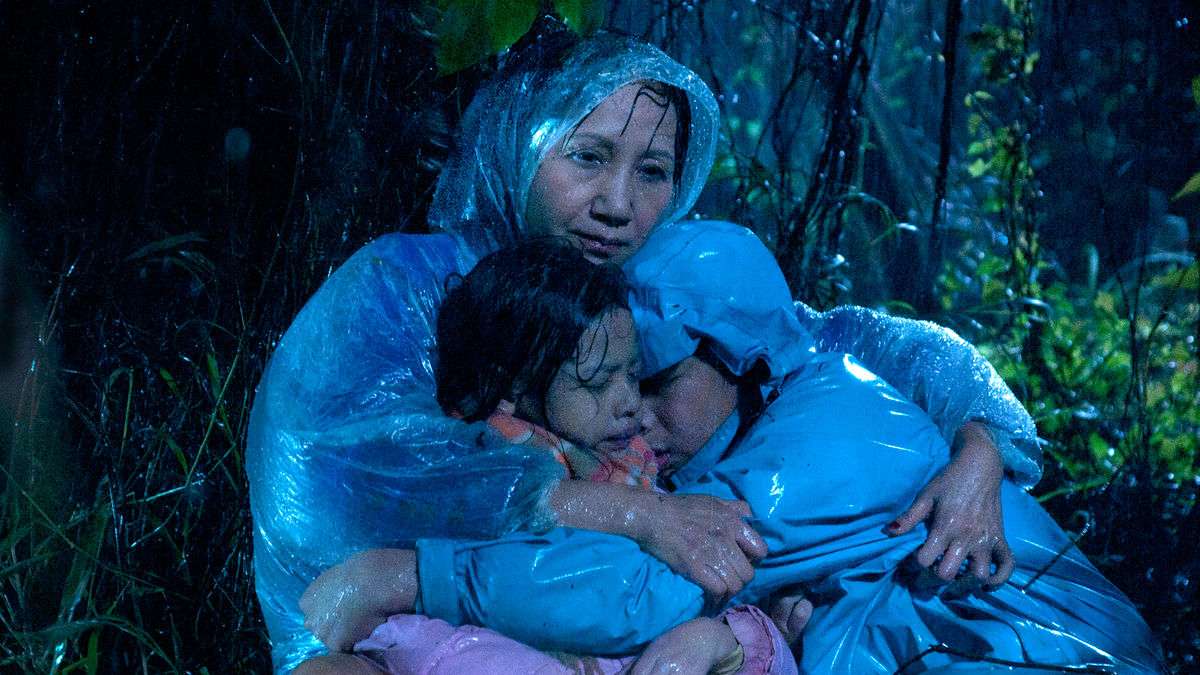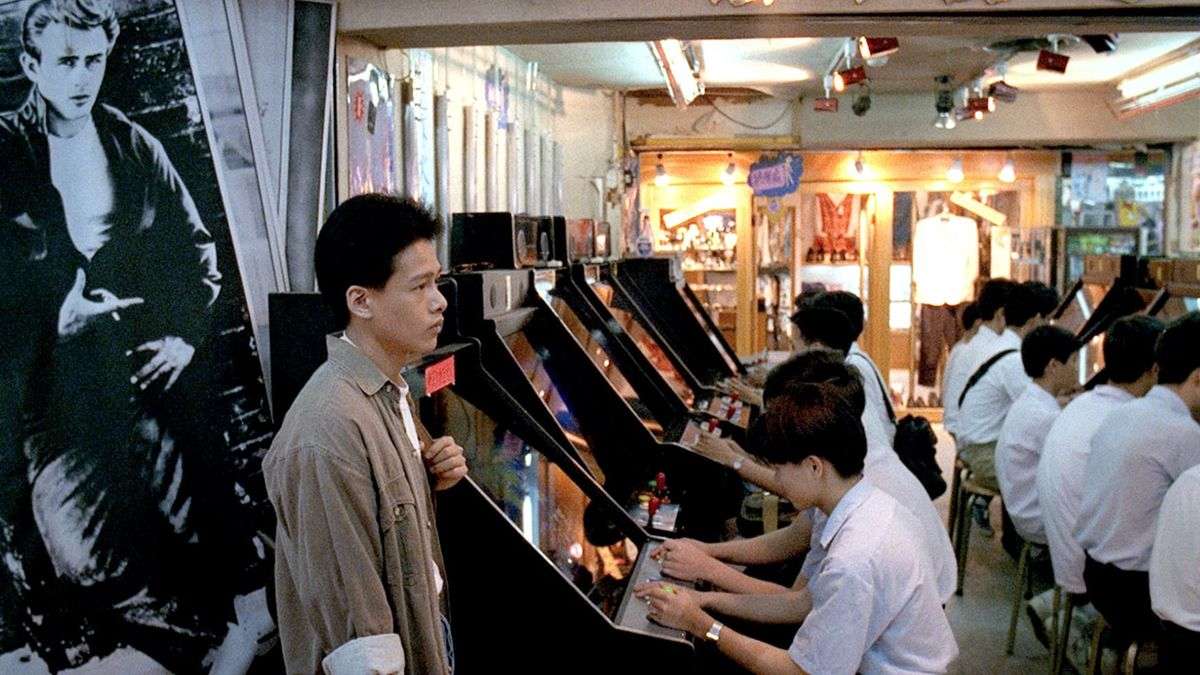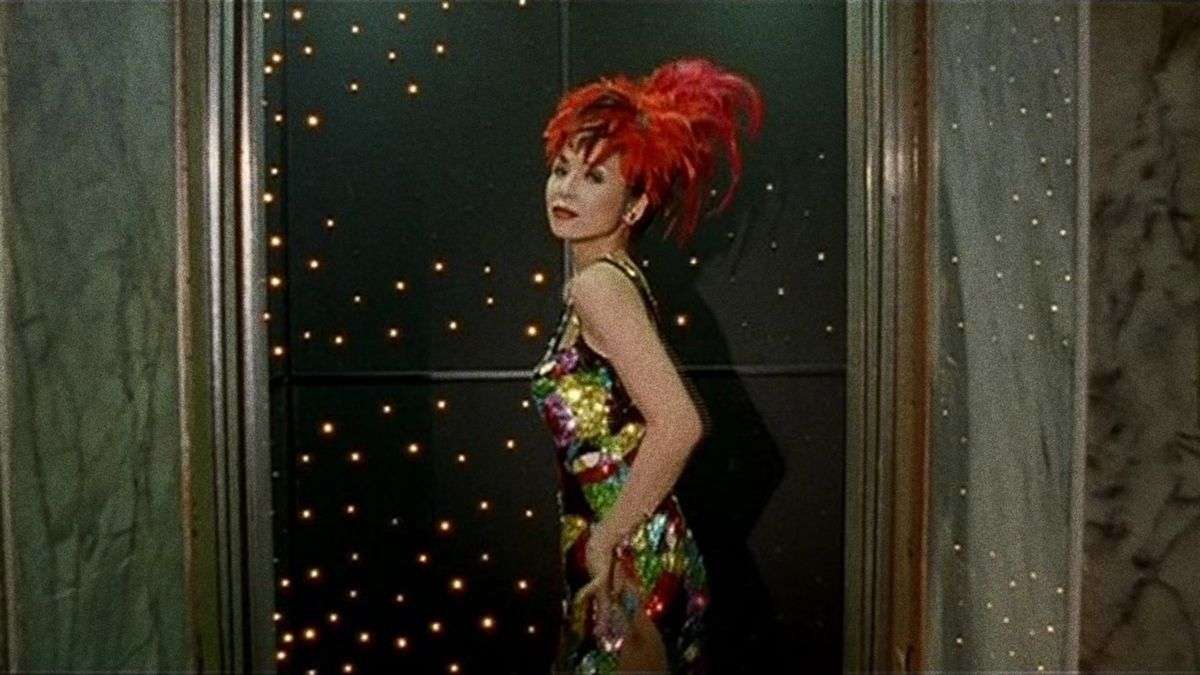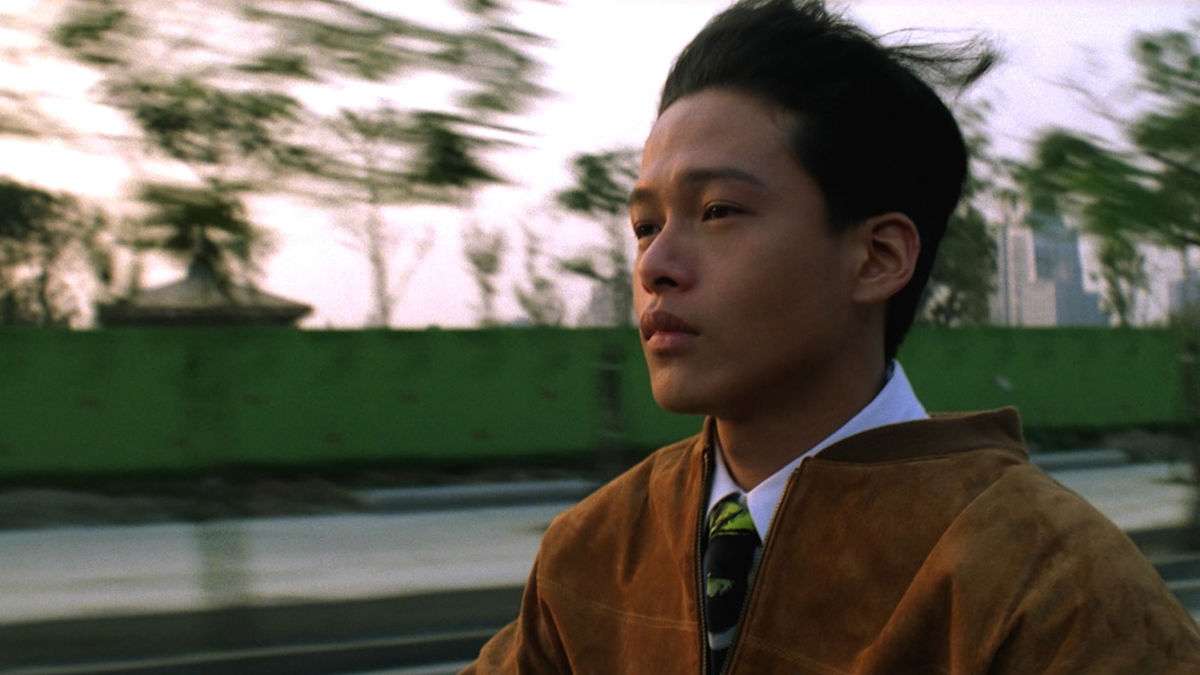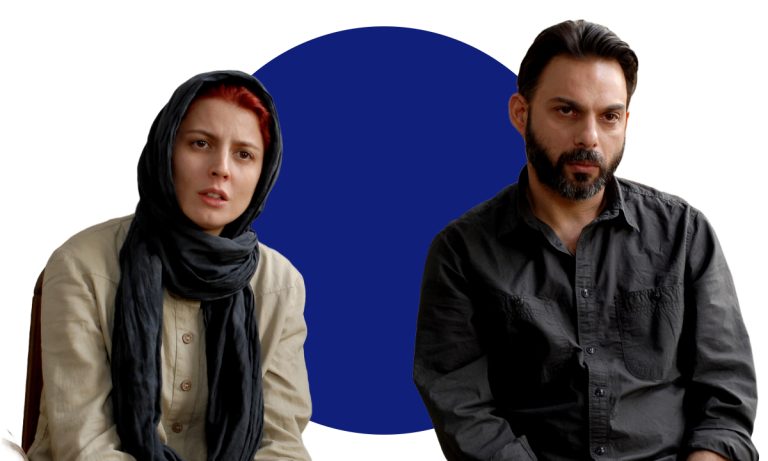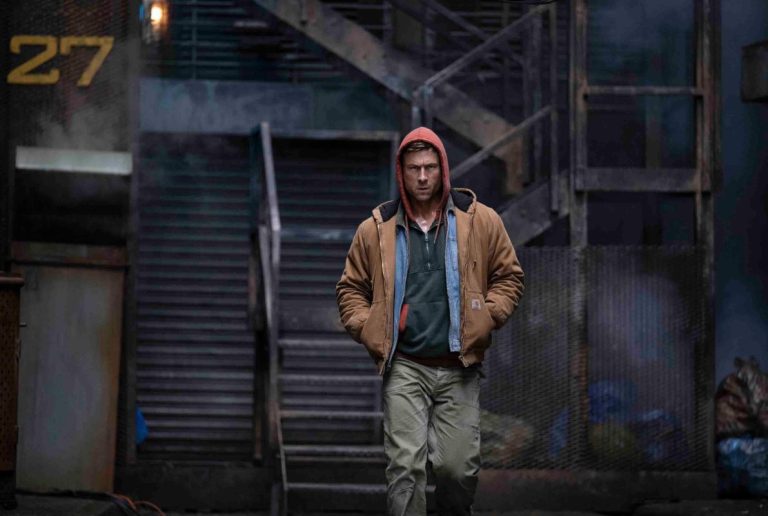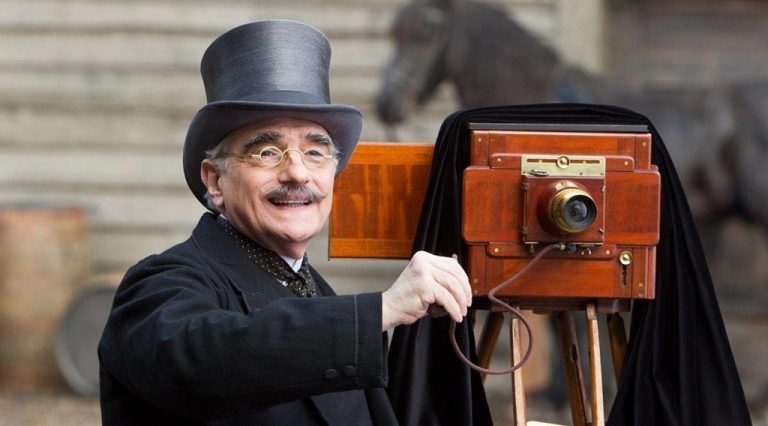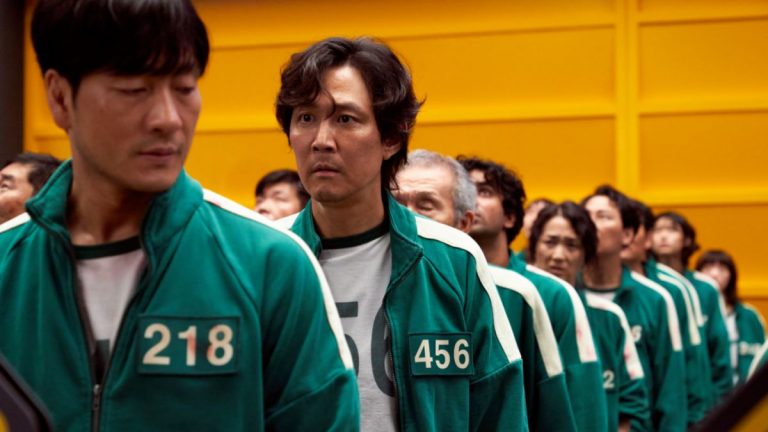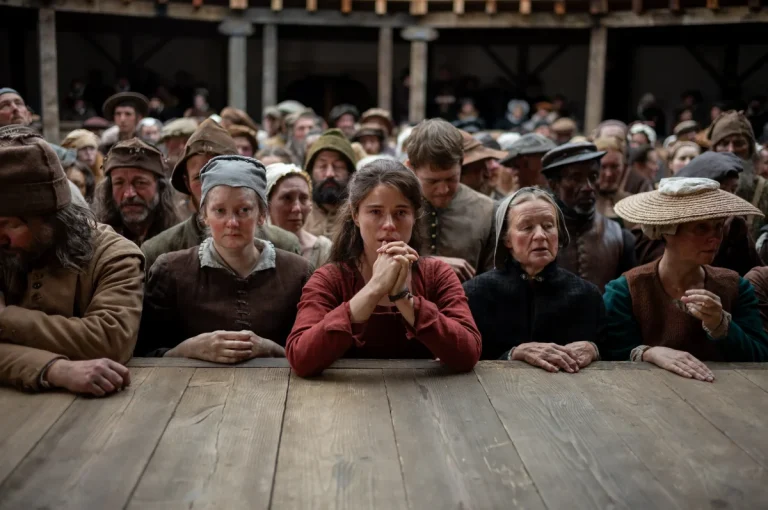Taiwanese auteur Tsai Ming-liang was born in present-day Kuching, Malaysia, on October 27, 1957. Voted 18th by The Guardian among the world’s 40 best directors, Tsai has been a regular presence at major international film festivals for more than two decades and a poster figure of the Second New Wave of Taiwanese cinema. After graduating from the Chinese Culture University in Taipei, the author debuted as a theatrical producer and director of television dramas.
In particular, during the shooting of one of them (“Boys”), he met Lee Kang-sheng, the actor destined to become his muse and to appear in all of the auteur’s movies. In the course of his career, Tsai shot 11 feature films, three documentaries, and many shorts. Currently, he is active in exhibition films, among which is worth citing the Walker series, whose last installation, Abiding Nowhere, was presented at the 2024 Berlinale.
Recommended Read: All Edward Yang Films Ranked
As the father of a cinema of unique poetics, made of long, extended sequences, fixed-camera shots grounded in careful positioning, and a recurring cast of actors, his films are a delicate exploration of contemporary urban alienation. Loneliness, sexuality, and bewilderment are the threads that move the author’s mosaic of characters in a continuous search for belonging, a place to stay, and a self to be. Particularly interesting is the metaphorical use of water, a comforting source and an almost surrogate source of affectivity when absent in any other form.
Proposing a hierarchy of feature films, in Tsai Ming-liang’s case, is extremely difficult, and one can safely argue that none of his works can be considered to be less than the others. Given such a homogeneous level of quality resulting from a uniquely cohesive authorial overview, the positions on this list are easily interchangeable. What is of interest is, above all, to briefly discuss his lesser-known features in the invitation to rediscover as much as possible of an outstanding filmography.
10. The Wayward Cloud (2005)
The Wayward Cloud, premiered in 2005, was awarded the Silver Bear for Outstanding Artistic Contribution at the 55th Berlin International Film Festival. The film acts as a sequel to an earlier work, “What Time Is It There?,” released in 2001. Set in Kaohsiung, Taiwan, the film is a surreal romantic drama starring Lee Kang-sheng and Chen Shiang-chyi, who reprise their roles from the earlier movie. Ever present are the filmmaker’s recurring themes, from the complexity of human relationships and their contradictions to the presence (or rather, in this case, the emphasized non-presence) of the idea of water as a key interpretive element.
As one of Tsai’s few films to depict the actual development of an affective and romantic relationship, Tsai investigates the nature of desire, trust, and intimacy, as much as the subtle but profound difference between affection and eroticism. “The Wayward Cloud” is an absolutely worthwhile film to catch up on, and its position on the list is nothing but a reflection of the overall quality of the Taiwanese director’s entire filmography rather than a shortcoming of this particular film. Indeed, the movie is yet another Tsai Ming-liang work that’s able to combine a distinct personality and a consolidated artistic format.
9. I Don’t Want To Sleep Alone (2006)
Screened at the 64th Venice Film Festival in 2006, “I Don’t Want to Sleep Alone” is Tsai Ming-liang’s first (and only) film shot in his native country, Malaysia. The film was commissioned by Peter Sellars’ Vienna New Crowned Hope Festival, commemorating the 250th anniversary of Wolfgang Amadeus Mozart’s birth. In Kuala Lumpur in the early 2000s, an injured homeless man and a comatose boy (a double part played by Lee Kang-sheng) both defer to the care of others in order to survive. Respectively, Rawang is a foreign worker from Bangladesh (Norman Atun), and Shiang-chyi is a young waitress and caregiver (Chen Shiang-chyi).
The simplicity of routine, the concept of care from and toward each other, affection, and intimacy are the subjects of the movie. Their deprivation and sharing are what, from the camera’s gaze, is observed and put to the test. Stylistically, Tsai’s poetics is ever present, so it is an element of singular surprise when, almost imperceptibly, the director opts to suspend his general rule of stillness. An amalgamation of delicacy and affliction, while not one of the director’s best-known works, “I Don’t Want to Sleep Alone” is a poetic, artful, and meditative piece.
8. Days (2020)
“Days” is the most recent feature film directed by Tsai. It premiered in 2020 at the 70th Berlin International Film Festival, where he received the Teddy Award. As with its predecessors, “Days” is thematically and formally consistent with the poetics of slow cinema. Indeed, Tsai’s minimalism is brought to the level of deliberately devoiding the movie of any kind of subtitling.
Lee Kang-sheng, starring once again in a leading role, plays Kang, an upper-middle-class man who lives alone in a large Taipei house. Kang is oppressed by a continuous and somewhat unnatural pain in his neck, the same pain from which Hsiao’s character (also played by Lee) was oppressed in one of Tsai Ming-liang’s previous movies, “The River.”
In both cases, the pain appears to be related to the suffering, spiritual and not physical, brought by the mixed feelings of estrangement and sexual repression. His counterpart, Non (Anong Houngheuangsy), is a young masseur living alone in a spartan apartment. “Days” is an encounter between two lonely people who briefly find each other, comfort each other, and, perhaps, are able to gift something to each other, something meant to last.
Above all, “Days” is a film of the utmost delicacy. And, even though its pacing and structure can be potentially hostile compared to more commercially appealing features, it is undoubtedly unique in being able to evoke such a profound commotion.
7. The River (1997)
“The River,” Tsai Ming-liang’s third feature film, was released in 1997 and is co-written with Tsai Yi-chun and Yang Pi-ying. The film was awarded the Silver Bear at the 47th Berlin International Film Festival. A mother (Lu Yi-ching), a father (Miao Tien), and a son (Lee Kang-sheng) are the three key characters of the movie. It is significant to mention how these three actors always embody this specific family archetype in all of the director’s filmography (namely, in “Rebels of the Neon God,” “The River,” and “What Time Is It There?”).
Each actor (or ensemble of them) is, for Tsai, the starting point in representing a specific idea of an individual or social group. In this case, the idea of family. The idea of family, which, as a human concept and module, “The River” dissects and destroys: a family that is so only in name, biological kinship, and as coexistence entities within a single living space. As a matter of fact (at least for the first half of the film), the three characters act in total abstraction from each other, appearing nothing more than three strangers with parallel but never confluent existences.
Once again, incommunicability, loneliness, and distortion of affectivity are dominant themes in the film. Underlying them is sexuality (and homosexuality), as a further engine of alienation if repressed and oppressed into a forced latency. By far, one of the Taiwanese director’s potentially most controversial films, “The River,” brings to an extreme the results of an alienation shared between individuals that should be anything but disconnected. Deliberately disturbing and thematically disruptive, “The River” is a movie absolutely worth a watch.
6. What Time Is It There? (2001)
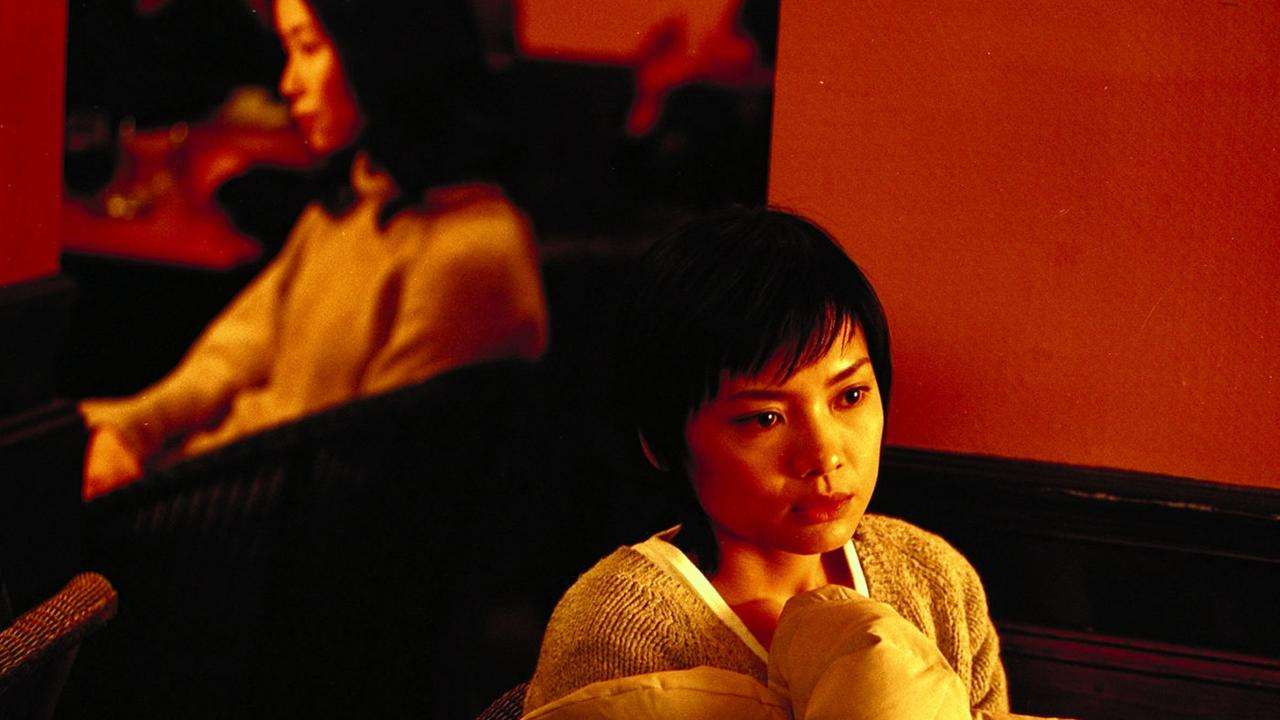
“What Time is it There?” was presented in 2001 at the Cannes Film Festival, and it is Tsai Ming-liang’s first film developed as a French co-production. The screenplay was co-written with colleague Yang Pi-ying. The film is a delicate portrayal of the subtle and invisible bonds between one person and another, of their subsistence beyond conventional geographical or material boundaries.
Lee Kang-sheng, who plays a roadside watch salesperson, is paired for the first time with Chen Shiang-chyi, who will be his female counterpart in many of the subsequent features. The actress plays a young Taiwanese girl about to leave for Paris. She meets Lee’s character in the search for a dual time zone watch, leaving him thunderstruck not only by her but also by the idea, the concept, of reaching out to a world and reality seemingly so distant.
Arguably, the film’s most elegant component, however, is the storyline of the boy’s newly widowed mother, played as usual by Lu Yi-Ching. The director stages mourning, loss, and the unnamable but everlasting connection with the departed and its mysterious way of operating with a unique gentleness, gifting the viewer the most poignant ending even in such an overall touching filmography.
5. Goodbye, Dragon Inn (2003)
2003 saw the release of Goodbye, Dragon Inn, Tsai Ming-liang’s sixth feature film. Tsai scripted the movie with additional support from Sung Hsi. Among the director’s most highly regarded films, it received the FIPRESCI Award at the 60th Venice International Film Festival and is still recognized as one of the most critically acclaimed films of the 21st century.
“Goodbye, Dragon Inn” is an extended tribute to cinema, its art, and its collective viewing experience. The plot: in Taipei, on an evening of torrential rain, the Fu-Ho cinema is about to close for good. As a final screening, the 1967 Wuxia “Dragon Inn” (hence the movie title) runs on the silver screen, ultimately approaching its ending in the same way the movie theater is approaching its closure.
Among the Fu-Ho final guests are a lonely projectionist (Lee Kang-sheng), a young and physically disabled ticket-taker (Chen Shiang-chyi), a Japanese tourist looking for sexual adventures (Mitamura Kiyonobu), and a single and not-so-young woman (Yang Kuei-mei). Also present are the actors Jun Shih and Miao Tien, who feature in “Dragon Inn.”
“Goodbye, Dragon Inn” is a farewell and celebration of the seventh art, a remembrance of a place, the movie theater, that seems to belong more and more to a fading past. It is a mournful send-off yet sentimental and heartfelt. Again, the meditative traits so typical of the Taiwanese director are hyper-present in a film that, rather than claiming a judgment on the contemporary, invites a moment of stasis, reflection, and discharge.
4. Stray Dogs (2013)
“Stray Dogs” premiered in 2013 while in competition at the Venice Film Festival. It is a hybrid of a feature film and an art installation, written by Tsai Ming-liang in collaboration with Peng Fei and Tung Cheng Yu. Dilated, silent, and rich in seemingly incohesive sequences, it is a semi-hermetic observation of our modernity.
The characters are once again people living on the margins of society, which seems to have long forgotten them. Poor and homeless, a father and his two children spend their days executing the bare essentials in order to survive. The man takes a poorly paid and humiliating job as a billboardist, and the family does minimal grocery shopping at the supermarket. They gather only to eat by the roadside, wash in dim public toilets, and sleep in decaying buildings.
The central theme of “Stray Dogs” is that of the family, the cornerstone on which society should be based. A family that, in this case, appears only to share the struggle to get through the day so that simple, mundane joys, even just sitting down together, doing homework, being educated, and washing properly, seem completely out of reach.
The artsy approach is sublimated by the attention, typical of the director, in the positioning of the camera. Like paintings in a frame, it is not the camera movement that gives meaning to the images but the angle and position at which they are imprinted. As a result, “Stray Dogs” is a feature whose sequences range from realistic to lyrical, in which individual scenes are textured as verses of a broader poem.
3. Rebels of the Neon God (1992)
“Rebels of the Neon God” is Tsai’s debut feature, first released in theaters in 1992. Probably the author’s best-known work internationally, it blends wider marketability with the archetypes of new and unique poetics. Set in Taipei, the film is a portrait of Taiwanese youth in the early 1990s, as well as the author’s first introduction to metropolitan alienation, the surrogate function of water, and the fragility and ambiguity of emotional, romantic, and familial relationships. Also featured for the first time is Lee Kang-sheng as Hsiao Kang, a role that established their long (and still ongoing) collaboration.
Hsiao, the pivotal character, embodies the concept of external and self-imposed expectations and their disregard within a society utterly reliant on them. Several of the director’s frequently collaborating actors also appear, among them Chen Chao-jung (as Ah Tze), Miao Tien (as Hsiao’s father), and Lu Hsiao-ling (as Hsiao’s mother). “Rebels of the Neon God” is a landmark film of the Taiwanese New Wave of the early 1990s, a new way of understanding and constructing Asian cinema. Not only that, but it is also one of the best-packaged debut authorial works of recent decades, a true manifesto of what would be the career of an already fully formed director.
2. The Hole (1998)
The director’s fourth feature film, “The Hole,” was released in 1998 and co-written with recurring collaborator Yang Pi-ying. Screened in competition at that year’s Cannes Film Festival, “The Hole” is a drama fragmented by musical interludes. It is part of the project “2000, Seen By…,” a French film production initiative aimed at exploring the approach to the year 2000 through the perspectives of 10 different countries.
Seven days before entering the new millennium, Taipei is struck by a mysterious virus of unknown nature and characteristics. The virus leads those affected to emulate some of the instinctive characteristics of cockroaches, namely, seeking shelter in dark and damp alcoves.
Simultaneously invaded by continuous downpours, the city is left empty and almost entirely uninhabited. A man and a woman (played by Lee Kang-sheng and Yang Kuei-mei) are the only ones left behind in an otherwise abandoned apartment building. Suddenly, the two are forcibly connected by a hole, respectively, in her ceiling and his floor, the final result of the erosion of the building caused by continuous water leaks.
An oasis of contradictions, austerity and eccentricity, desolation and hope, attraction and rejection, “The Hole” is one of the most touching depictions of the most intimate traits of human nature. And despite its bleak, dystopian atmosphere, “The Hole” is a wish for humanity and for a new millennium, a plea for a renewed connection and openness between one another. It’s a reminder of how we can still be meaningful to each other, even in the simplest gestures, even in the simple exchange of a glass of water.
1. Vive l’amour (1994)
“Vive l’Amour,” the auteur’s second feature film, was screened at the 54th Venice International Film Festival, where it won the Golden Lion. The film braids three different solitudes, three characters who interpenetrate without ever truly interconnecting. Hsiao Kang (Lee Kang-shen), a young columbarium salesman struggling with his homosexuality; May Lin (Yang Kuei-Mei), a real estate agent past her youth and with no family, and Ah-jung (Chen Chao-jung), an attractive but ultimately lonely street vendor.
These are products of a more and more actual form of urban alienation, comprised of streets full of crowds but aseptic apartments, divided between an estranging public sphere and a private sphere that is at once reclusive and comforting. It portrays a contemporaneity in which individuals are reduced to presences, the ghosts of lives they are failing to live in their entirety. Dilated and silent, the film unfolds as an exploration of the characters’ actions, breaking them down into their apparent everydayness in short conversations made up of stumpy dialogues.
The beautiful, fixed camera sequences observe the subjects almost as if trying to extract from them what they otherwise would wish to keep hidden. Who are they, if not their role in society? Who are these people at their core? How are they similar to us? Lives to recognize and to recognize themselves in.
Despite its underlying pessimism, “Vive l’Amour” is, more than anything else, profoundly cathartic. Neither consolatory nor benign, Tsai does not seek to propose solutions or to provide answers. He does, however, manage to give, at least for a few moving minutes, what his own characters are looking for, not to them but to the viewer. To be understood, to feel less alone.


